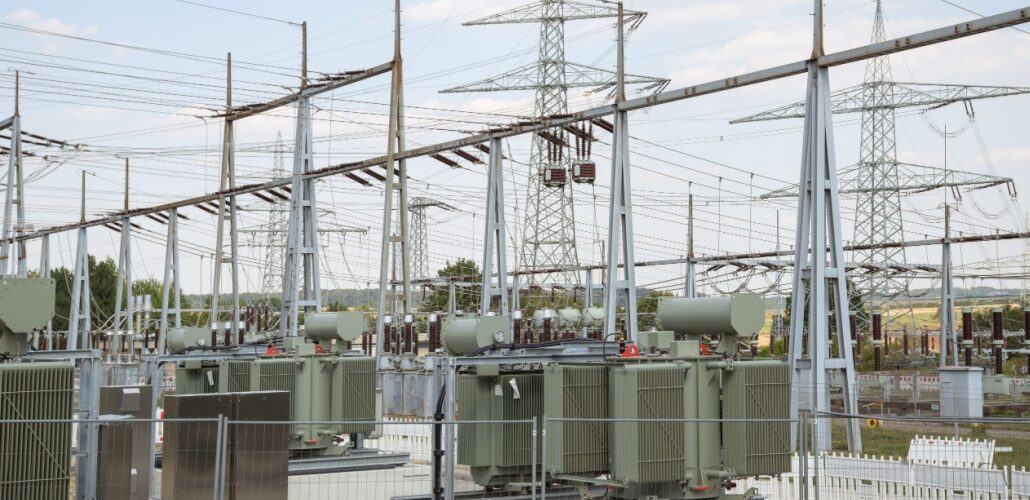German TSOs launch joint project
The four German transmission system operators are launching an innovation partnership with industrial partners Siemens Energy, GE Vernova and Hitachi Energy.

Image for illustration purposes.
Germany: The four German transmission system operators, 50hertz, Amprion, TenneT and TransnetBW, are launching an innovation partnership with industrial partners Siemens Energy, GE Vernova and Hitachi Energy. The goal is to develop multiterminal hubs with direct current circuit breakers to link new extra-high voltage direct current connections. TenneT says that this is the technical concept of energy future “made in Europe”, unique to the continent, and might represent an important step on the way to realising the climate-neutral grid of the future.
The DC switchgear equipped with DC circuit breakers is key to establishing the DC multiterminal hubs, which enable the efficient use and distribution of substantial wind power from the North Sea coast by connecting DC lines and flexibly transporting the energy where it’s needed. This will create extra-high voltage DC power grids which will improve the utilisation of DC lines and support the existing AC grid as the backbone of transmission. The innovative linking of power lines will reduce the required space and the need for new plant construction, thus minimising environmental impact and stabilising energy costs.
The DC circuit breakers within the DC switchgear are a significant technical innovation. They can detect faults in fractions of a second and switch off the affected areas. The project’s goal is to demonstrate the technical feasibility and the economic viability of multiterminal technology.
The first multiterminal hubs in northern Germany will consist of a converter and a substation, in addition to the DC switchgear, where the direct current lines are linked together, in order to supply the region with green energy. The DC switchgear is the centrepiece of the multiterminal hub, as it’s where the DC lines are directly connected to each other in order to channel energy flexibly and as required.
Source: TenneT
#50Hertz#Amprion#direct current circuit breakers#GE Vernova#Germany#Hitachi Energy#multiterminal hubs#Siemens Energy#Tennet#Transnet BW




